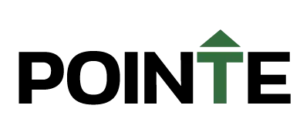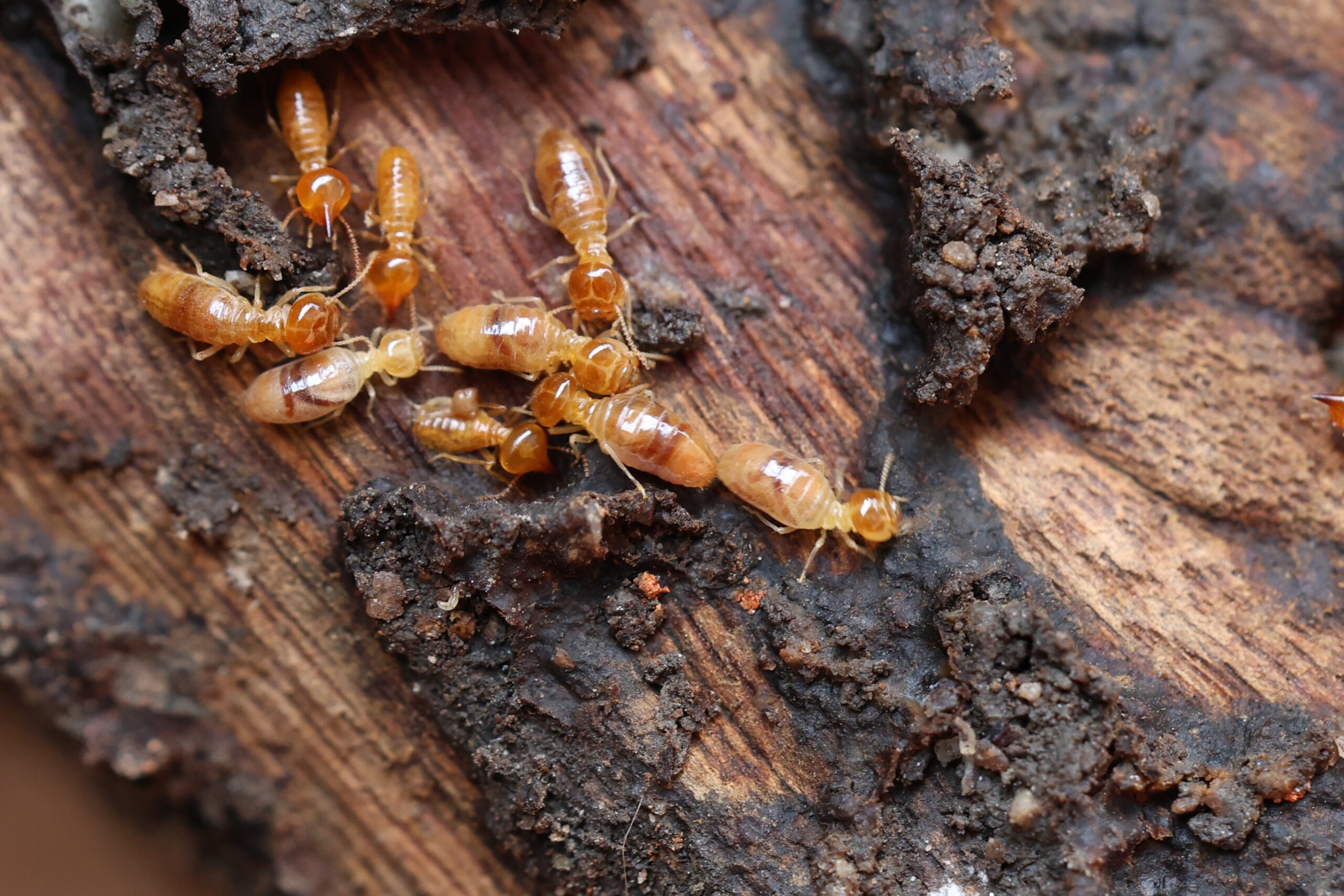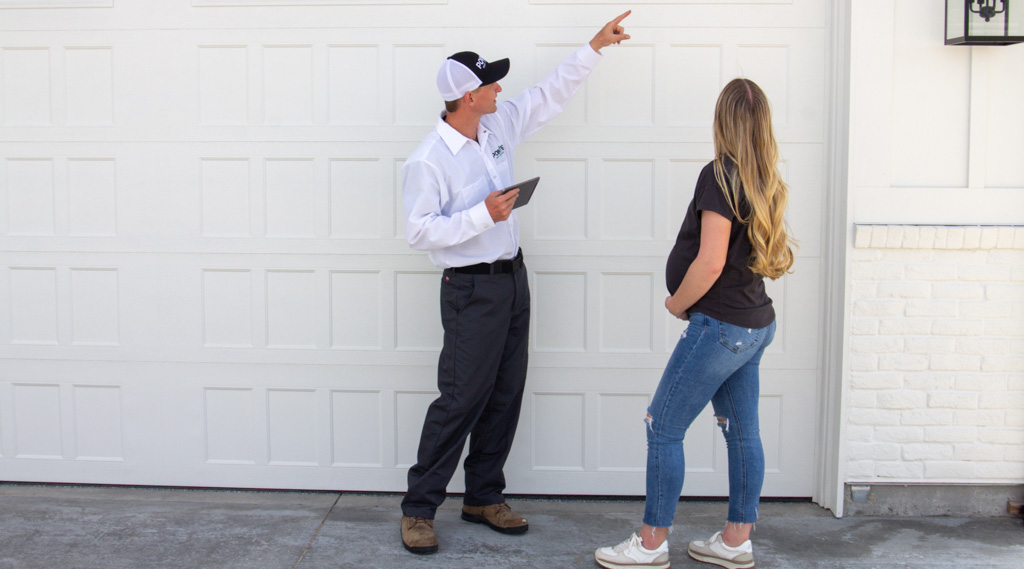Summary: Termites are a dreaded pest in every region, so it’s important to learn the basic facts of these destructive pests. This blog supplies the reader with 10 interesting facts that aren’t always discussed. The included facts cover a range of topics on this insect, including its physical features, colony hierarchy, diet, communication, and history. Every fact comes with a short explanation to help homeowners and business owners understand the destructive nature of these pests. Pointe Pest Control is recommended as the best solution, thanks to their use of the Sentricon system.
Termites are a pretty straightforward pest. They’re most famous for their strict wood diet, rapid reproduction, and expensive structural damage. But termites prefer to stay hidden as much as possible, so they still seem pretty mysterious to us. For instance, did you know that the average colony has hundreds of thousands of members? Some can even have over a million in one nest!
There’s certainly more to termites than meets the eye. Let’s dive into 10 of the most fun (or not-so-fun) facts about these pests that will leave you hoping you never cross paths with these ravenous pests.
Most Termites Can’t See
Termites build some impressive tunnels, but the most interesting part of their craftsmanship is the fact that they usually do it without the gift of sight! Certain species can see, but most are totally blind. Since their habitat is constantly dark, termites wouldn’t really benefit from being able to see anyway (unless they all had tiny night-vision goggles).
The only exception to the “no sight” rule is the reproductive class, which makes sense since they need to see their next habitat. Most of them function just fine without sight since they use vibrational communication (more on that later). It’s used for basic communication regarding the nest and the colony. When the pests need to speak with one another, they just bang their heads on the sides of the tunnels!
Termites Have A Class System
For social insects that don’t seem to differ much across the species, termites are actually very organized into three classes. The first is the reproductives, aka the swarmers. The king and queen of a colony are the only ones capable of reproducing, similar to a queen ant or bee. They have wings that they use to fly to a new nesting site to start their own colony once they’re adults.
The second class is the soldiers, which are exactly what you think. Soldiers are smaller than swarmers and have strong mandibles (mouth parts) to fend off invaders. Their main purposes are to guard the entrances and protect the colony from danger. The third class is arguably the most important: the workers! They do all kinds of tasks, from carving the tunnels to foraging for food to helping the queen.
Termite Nests Usually Go Up
Termites go where the wind (or wood) takes them, but they typically prefer to build vertical tunnels, rather than horizontal. The easiest way to see the route of a nest is to look at the mud tubes on the exterior of the infested surface. Mud tubes are lines of packed dirt that the pests create to protect the inner tunnels from enemies and bad weather.
It turns out that preparation can really backfire if you’re a termite since their mud tubes give up their position! But if the nest is left alone, the tunnels will grow pretty tall in comparison to the tiny pest. In tropical areas, the nests can be up to 30 feet tall and house millions of termites. The nests in our houses and businesses don’t get that tall, but they still cause an impressive amount of damage to our structures.
Termites Love Cellulose
We already know that termites love wood and are found inside it more often than not. But you may be surprised to learn that they eat wood because it has a high concentration of cellulose, an organic and fibrous compound. It’s abundant in wood, but cellulose is also found in books, paper, and cardboard.
Termites love wood for a couple of main reasons. One is that wood is easy to find in every setting, especially in a suburban area. Every house has an abundance of wood, often in the form of framework, cabinets, bookcases, chairs, and tables. The second reason is that wood makes it easy for termites to hide. Once they chew into the wood, the pests will stay inside their inconspicuous home as long as possible.
Ants Are The Main Enemy Of Termites
Ants and termites are about the same size — under half an inch long — and are often mistaken for each other. It’s actually typical for ants to invade nearby termite colonies, even though they don’t have an ant-friendly food stash. Ants are likely drawn to the cozy shelter and protein-rich insects as a new food source.
Ants are a surprisingly dangerous enemy to other insects, as they’re known to dismember bugs that invade their own nests. But soldiers are not one to back down without a fight. The brave ants that get caught invading a termite colony find themselves face-to-face with the sharp mandibles of the unrelenting soldiers, who live to protect their colony from these enemies.
Termite Queens Live a Long Time
It’s common for insect queens — ants, bees, etc. — to live longer than their subjects. The queens are the sole reproducers of their respective colonies, so they produce multiple generations before they die and are replaced by the next queen. Queens have plenty of time to create their colonies: they live for about 25 years!
Some worker termites have the lucky job of tending to the queen by testing her food and caring for her eggs. This is no small feat for anyone, as the queen lays about 30,000 eggs in one day. Since queens live about 25 years, that means they can produce around 750,000 eggs in their lifetimes! Once the queen and king fly away to find a new habitat, she gets to work on laying all of those tiny eggs.
Soldier Termites Have Their Own Communication
Back on the topic of vibrational communication, soldiers use this interesting style to quickly speak with the rest of the colony. The colony is huge, the tunnels are dark, and most termites can’t see, so soldiers need an easy way to sound the alarm when danger is around. This is when soldiers use the art of vibrations to alert their brethren!
When the soldiers detect some type of danger, like a predatory insect, they bang their heads against the wall. This sends vibrations down to the rest of the colony, who can then communicate with each other. It’s unknown whether soldiers use a different vibrational pattern for a specific type of danger, but they very well could. We just hope they can do their job with a headache!
Termites Need Help Digesting Wood
This one is a bit confusing, so let us explain. They do consume and process wood, unlike carpenter bees and carpenter ants, who don’t eat the wood they carve. But they do not digest the wood inside their gut — without help. The internal organisms in their bodies do the hard work for them!
Protozoans and symbiotic organisms live inside a termite’s gut and digest the wood particles when the insect eats. This is what’s known as a symbiotic relationship; the pest ingests the wood and the microorganisms digest the particles. Since the insects retain the wood’s nutrients, they have plenty of energy to use causing problems for us.
Termites Never Sleep
As if it wasn’t enough that the queens reproduce so many eggs, the workers never stop working once they hit adulthood! Termites don’t need to rest in between their busy days, which explains why the infestations are so devastating. They even take the time to clear their tunnels of debris and droppings. If you see a pile of droppings (frass) on the ground near wood, it’s a sign of a termite problem.
Another way that these insects keep their nests clean is by clearing out their deceased brethren. When one dies, a nearby worker places the body in a designated section in their tunnels. This prevents any diseases or harmful pathogens from spreading to the rest of the workers. Between creating tunnels, helping the queen, cleaning the nest, and tending to the young, they really don’t have time to rest anyway!
Termites Are From The Dinosaur Age
A lot of pests have plagued humans for centuries, but these pests go back even further than most. Certain species are dated back about 250 million years! This places them in the same time period as dinosaurs, who would never have noticed these tiny pests. Imagine a 12-feet-tall T. Rex, and then a 1-inch-long termite next to it. Wild!
Archaeologists uncovered dinosaur fossils with insects embedded inside, and these insects look an awful lot like a certain modern pest. But the discovery doesn’t stop there. The state of these fossils tell us that the insects accelerated the decomposition process of the dinosaur fossil by a noticeable amount. The cellulose in dinosaur bones must be enough to satisfy the pests when there’s no wood to be found.
They Don’t Stand A Chance Against Pointe
Termite problems need to be addressed ASAP because of their unattainable work ethic, but general pest issues require efficient treatments as well. This is where Pointe Pest Control comes into play. Our experienced technicians target the root of every pest problem in order to prevent future infestations. We use IPM (Integrated Pest Management) to treat every infestation because the variety of treatments don’t leave any room for pests to escape. Contact us to learn more about our effective services and how the Sentricon system protects your home from hungry termites for the long run!
Citations
Ferro, S. (2018, November 16). 9 not-so-pesky facts about termites. Mental Floss. Available at https://www.mentalfloss.com/article/563227/termite-facts (Accessed on September 10, 2024).
Milks, J. (2015, October 7). 15 weird facts about termites (#11 will gross you out!). LinkedIn. Available at https://www.linkedin.com/pulse/15-weird-facts-termites-11-gross-you-out-jeff-miklus (Accessed on September 10, 2024).
Potter, M.F. (2018, September 13). Termite control: Answers for homeowners. Entomology at the University of Kentucky. Available at https://entomology.ca.uky.edu/ef604 (Accessed on September 10, 2024).
Termite facts (n.d.). Orkin. Retrieved September 10, 2024, from https://www.orkin.com/pests/termites/termite-facts






